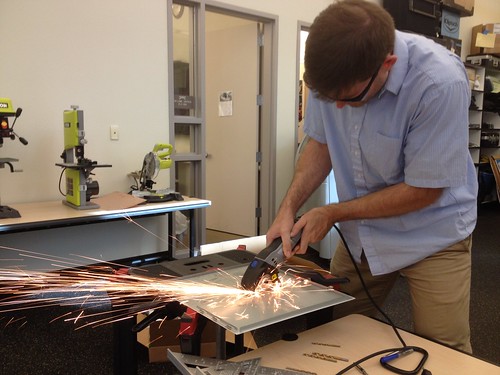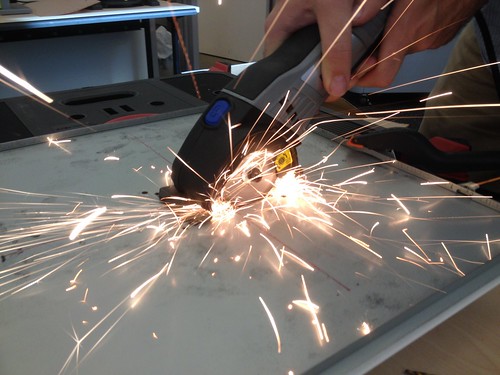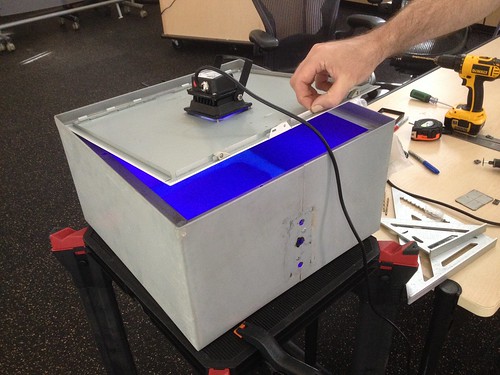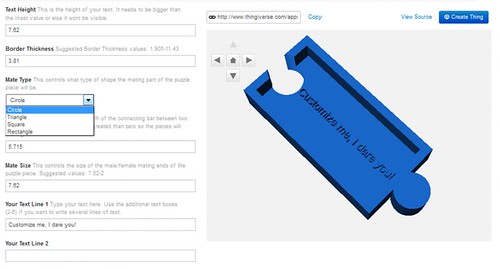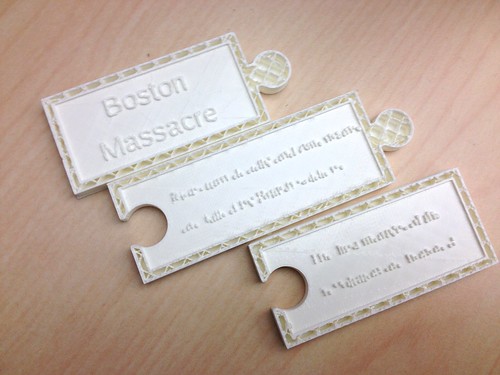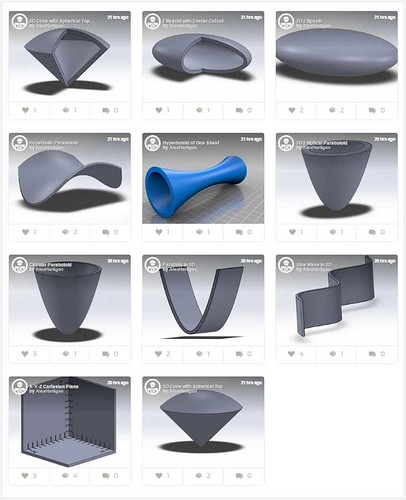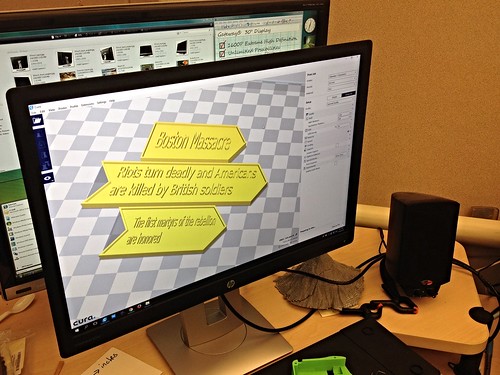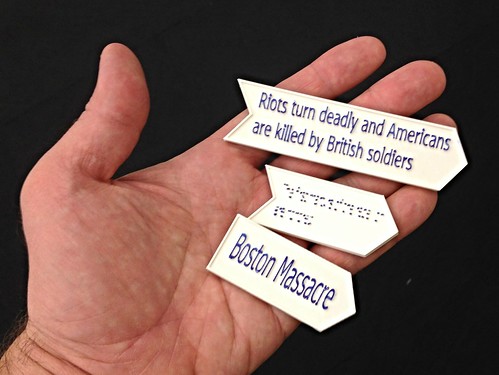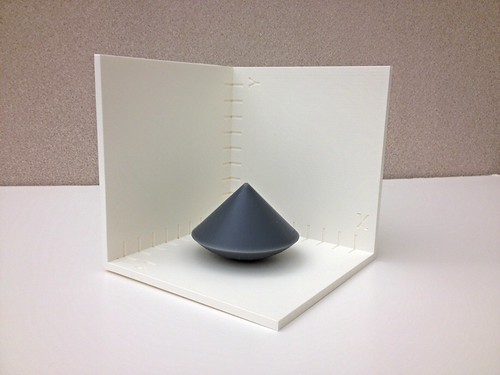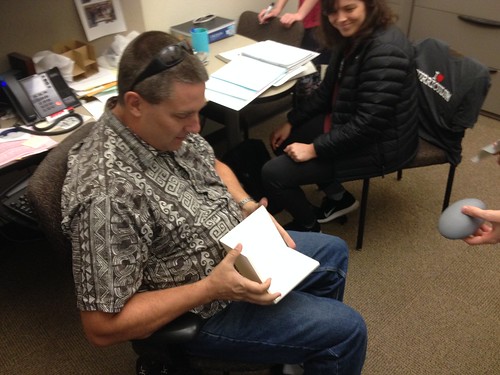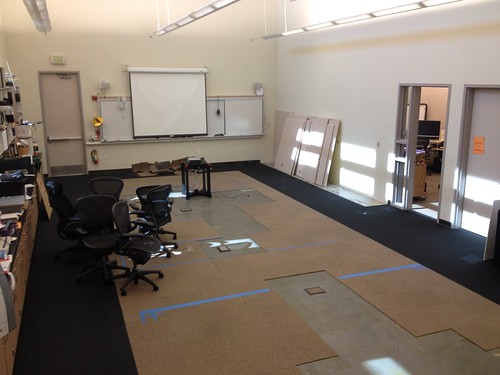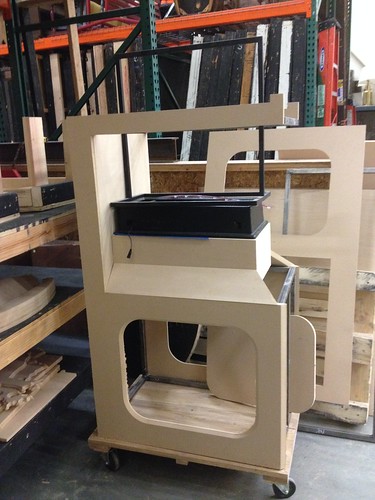Had the opportunity to work with students from FLC’s Math & Engineering Club this afternoon. In a conversation some weeks back, Brandon (club president) and I discussed using the XBox Kinect sensor as a 3D scanner, something I’ve been wanting to do since last semester, but have not had the time to get going. I let Brandon know that I had two such sensors in the lab – the 360 version and the newer XBox One version – and so we arranged to meet today to go over the process. Brandon as it turned out brought the whole club.
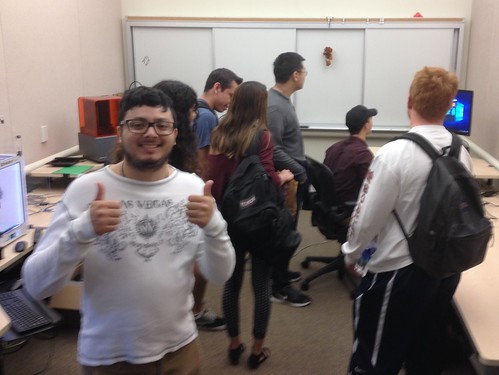
They set to work scanning one of their colleagues, along the way learning things about object placement, lighting, and the Skanect software. Meanwhile, the newly-formed Data Science Club met in the main lab to talk about an app they’re designing.
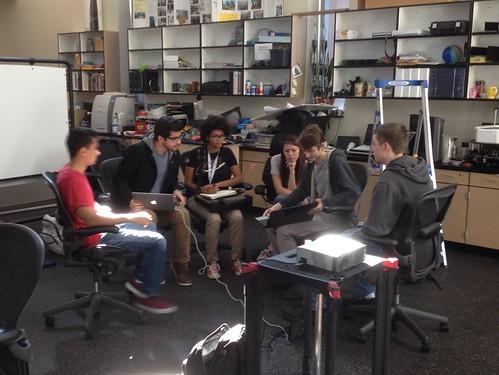
While Brandon worked on cleaning up the scan of Chris, I walked the other students through changing filament on the Ultimaker and setting up a print job in Cura.
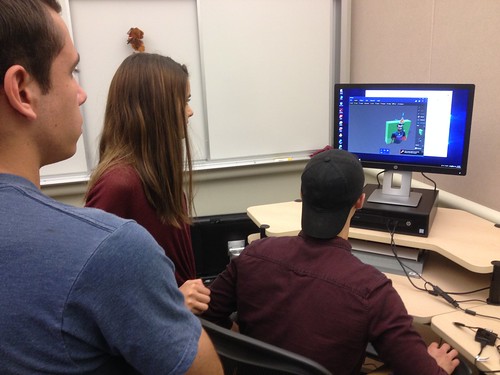
Brandon ended up doing the Han Solo frozen in carbonite treatment to deal with some weirdness on the back of the scan, in the process adding a party hat. I let Chris do the honors of starting the print, and then we set up OBS Studio to stream the print job to YouTube so that the M&E students could monitor progress remotely.
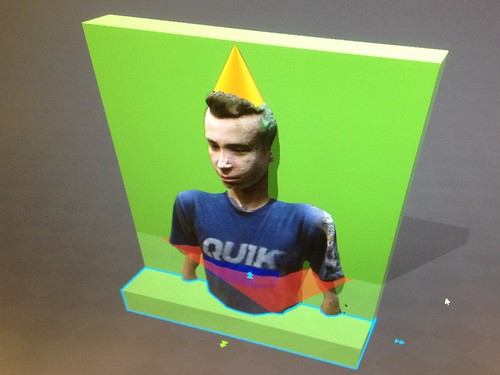
As it turns out, the model didn’t quite print correctly, so there’s some work to do there, but isn’t that why we prototype?
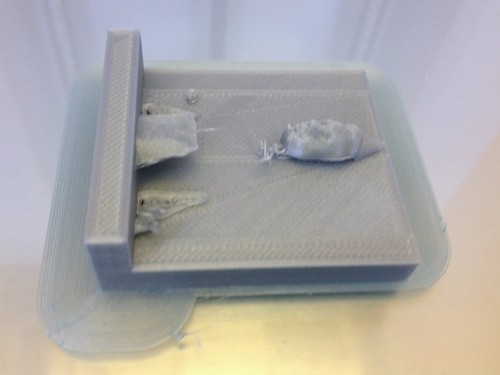
This was the first of hopefully many chances for the M&E Club to work in the Innovation Center, and I’m looking forward to finding ways to plug students in to various projects, in the mold of the History game tiles project.

